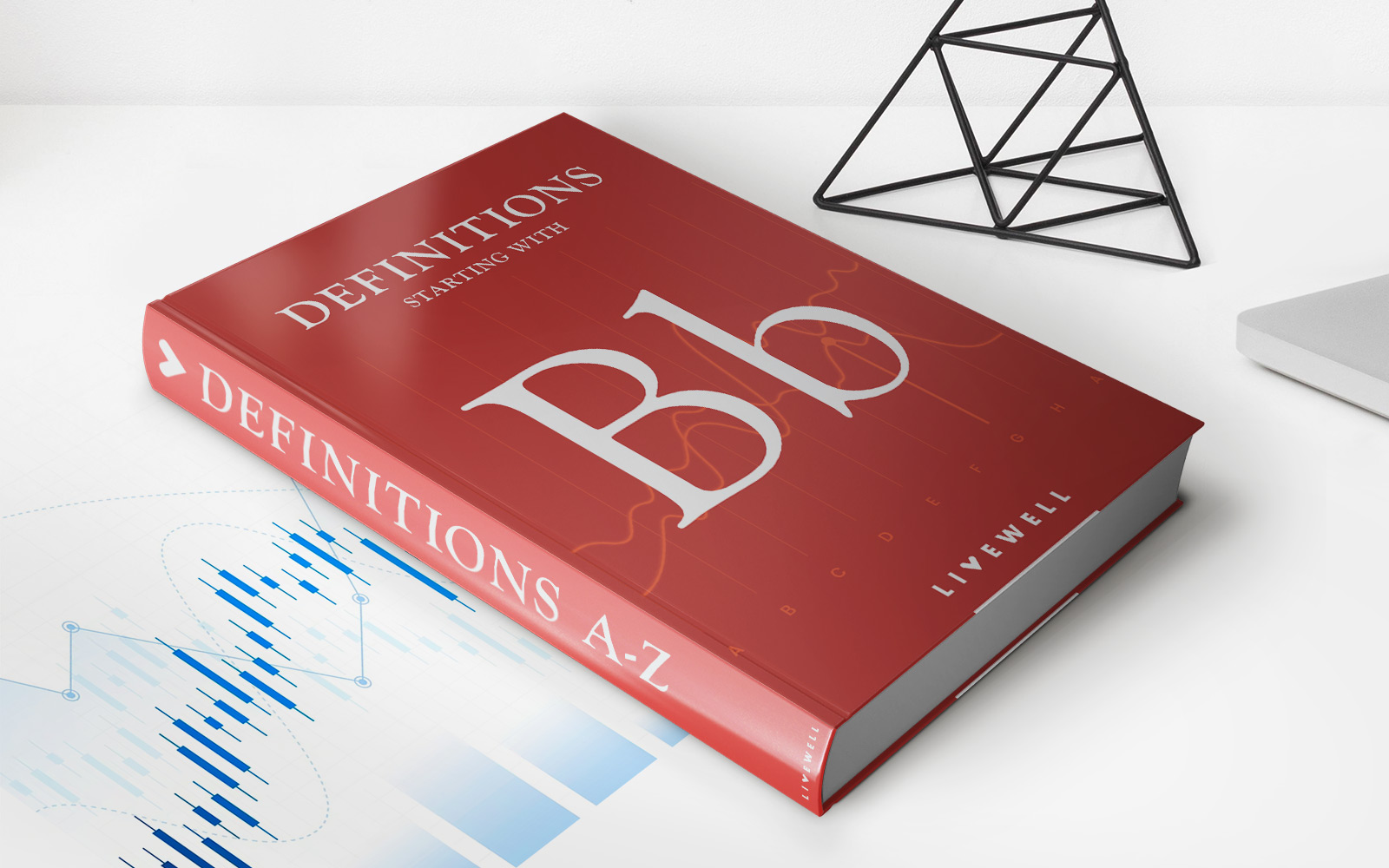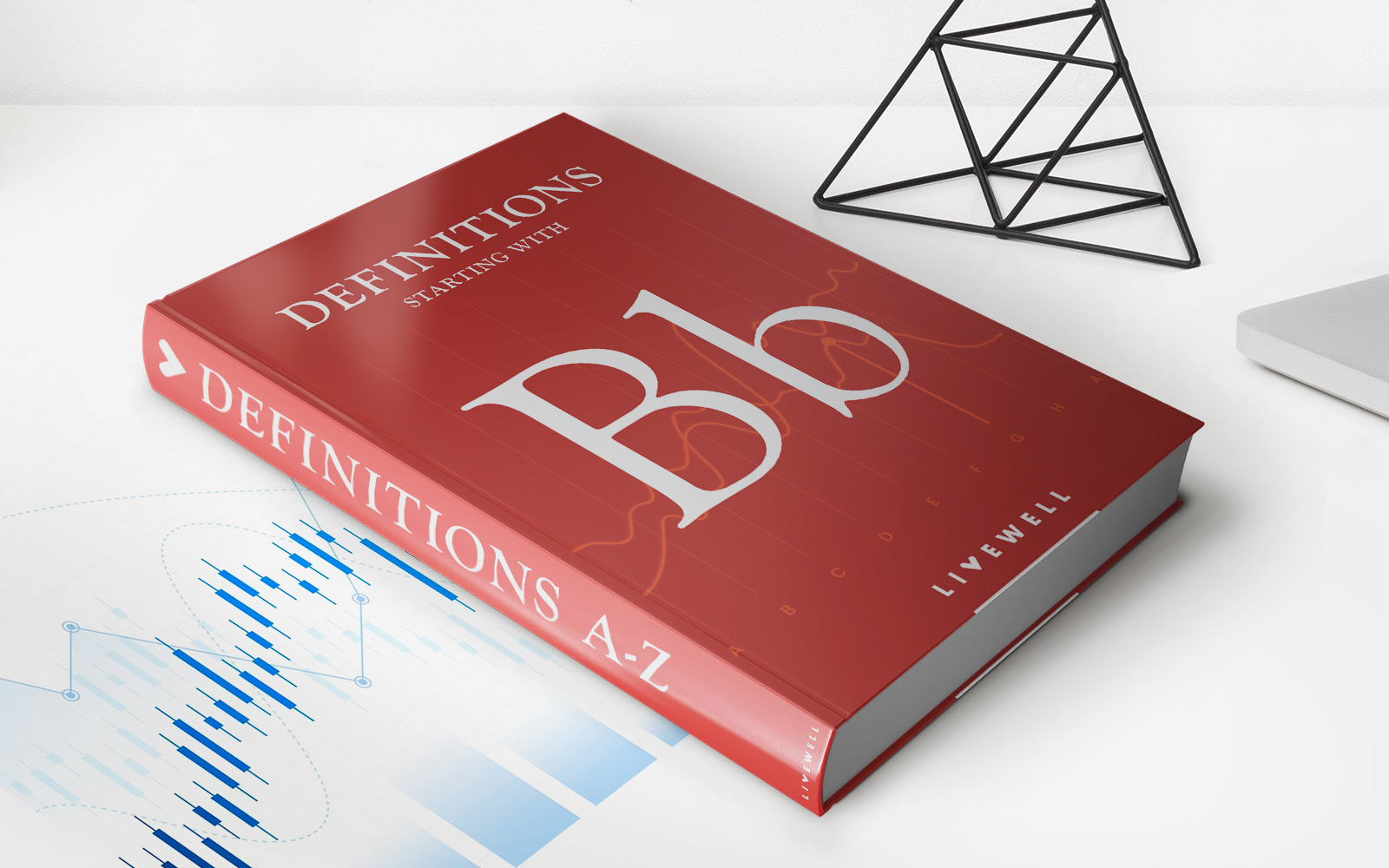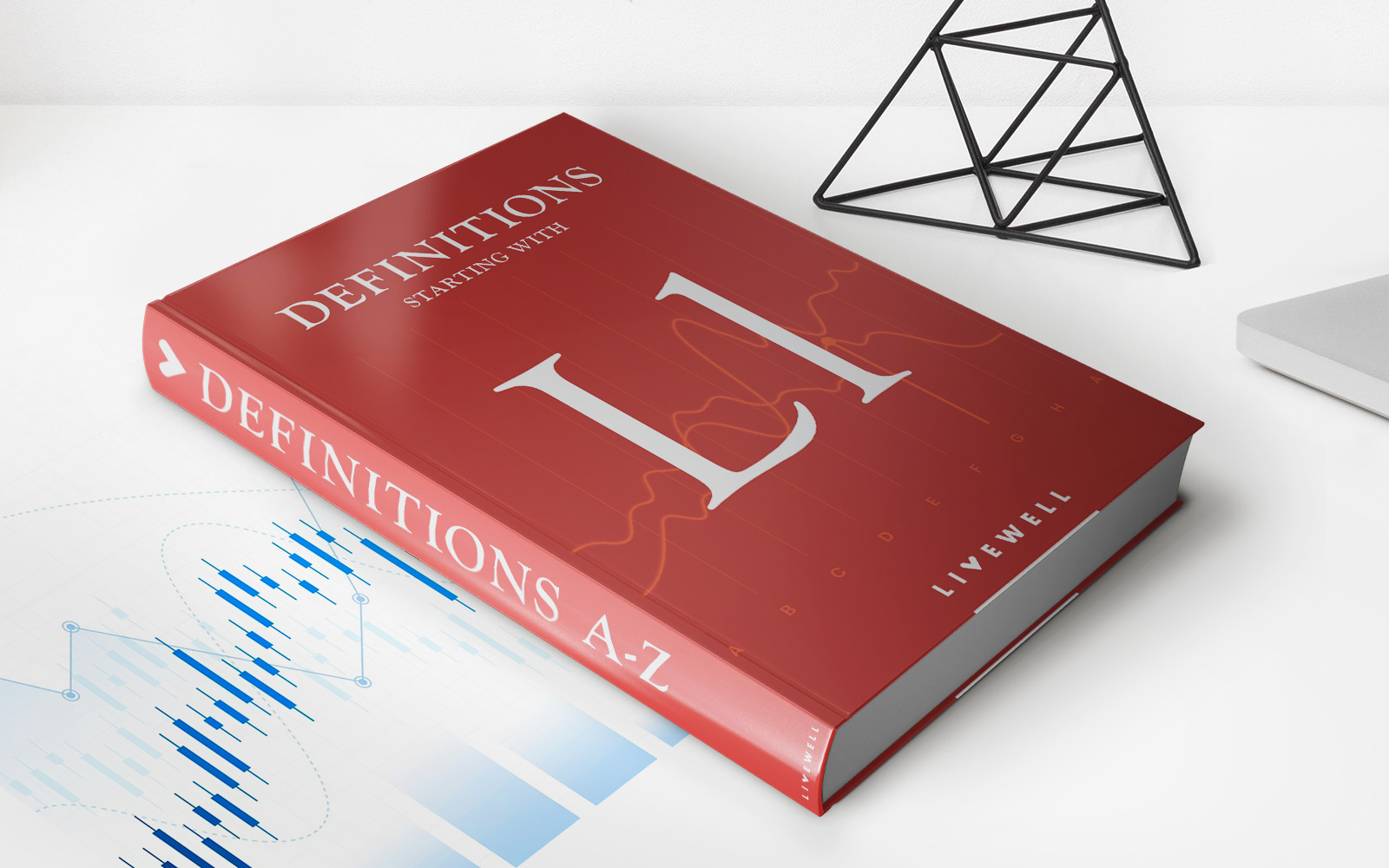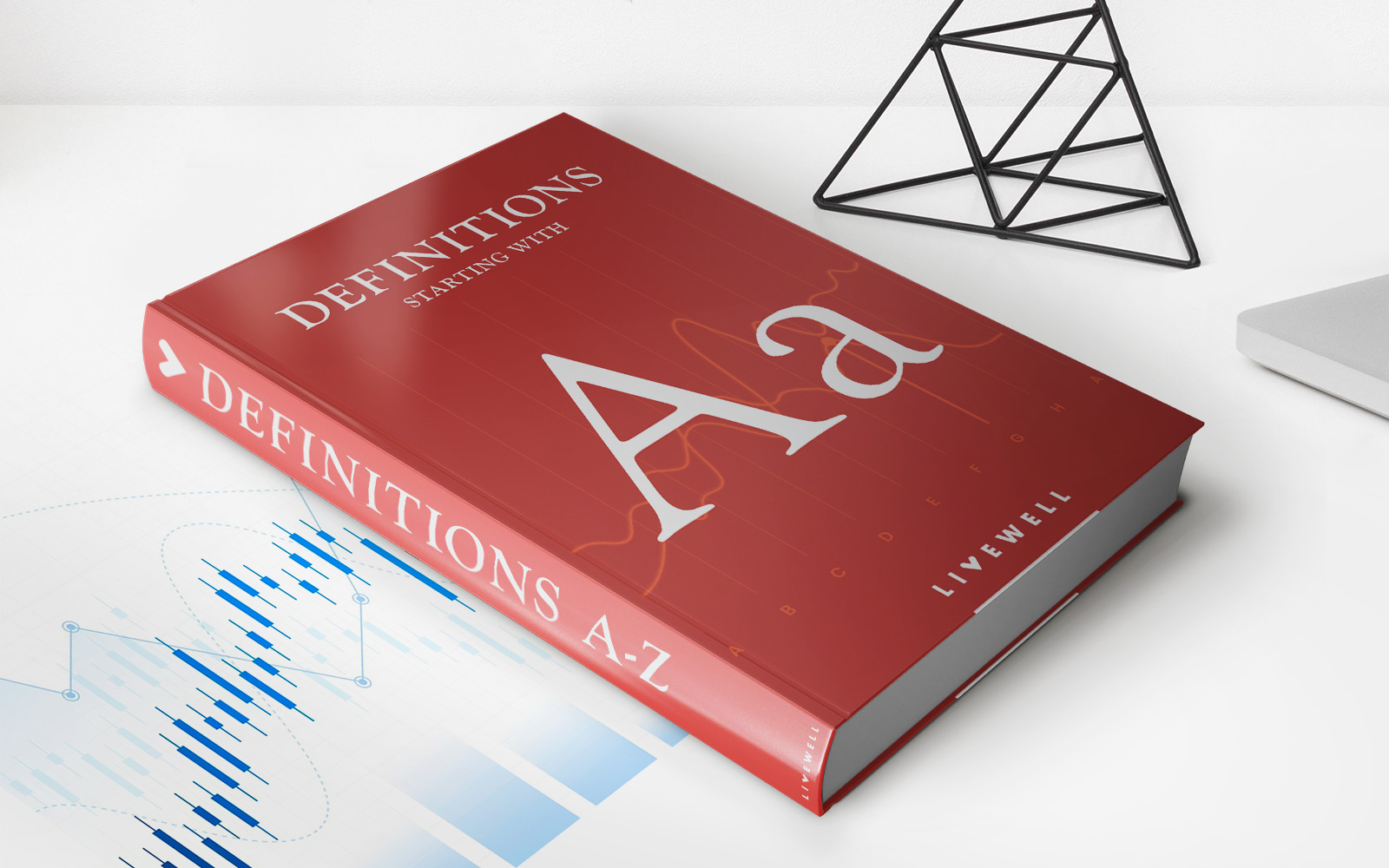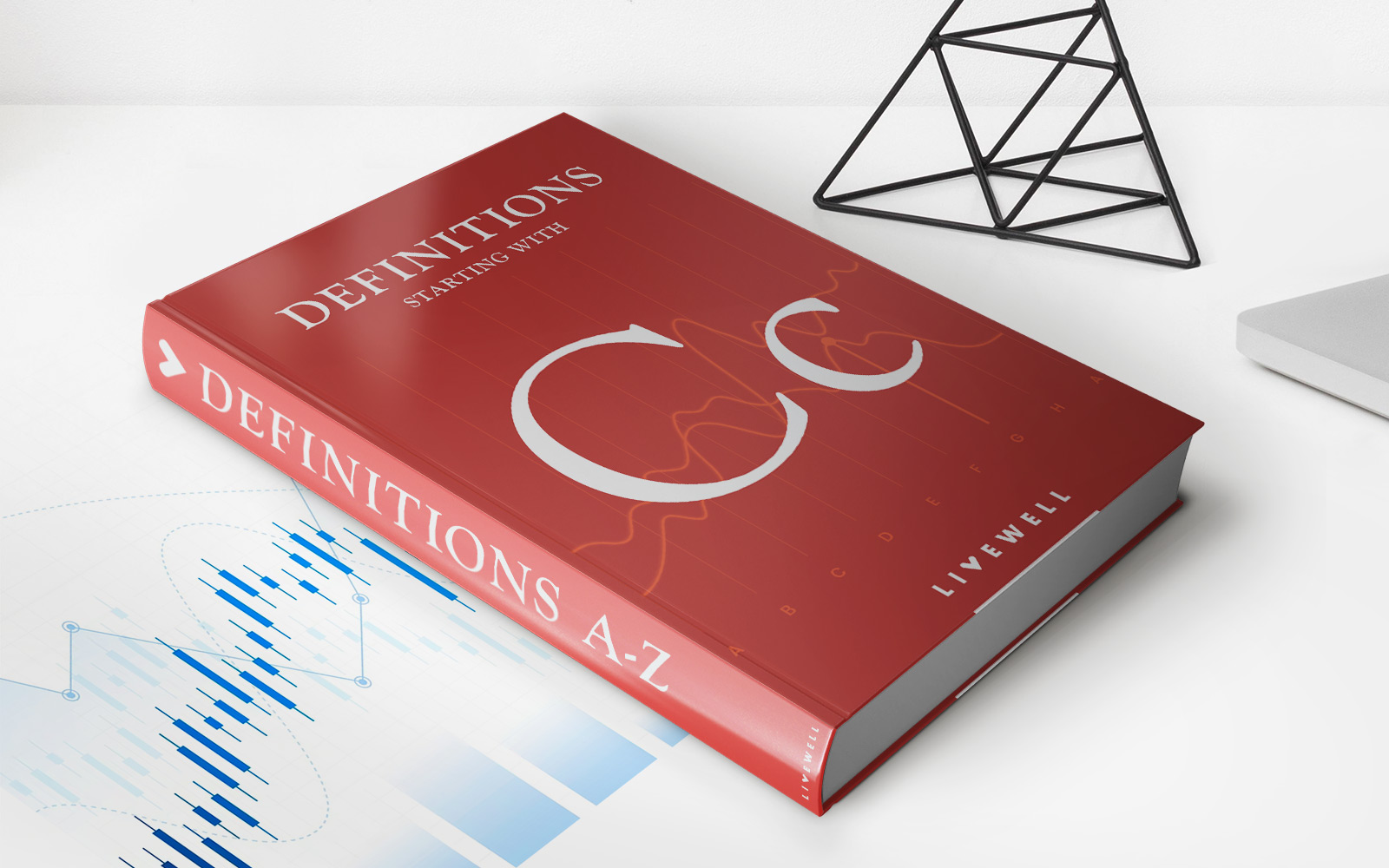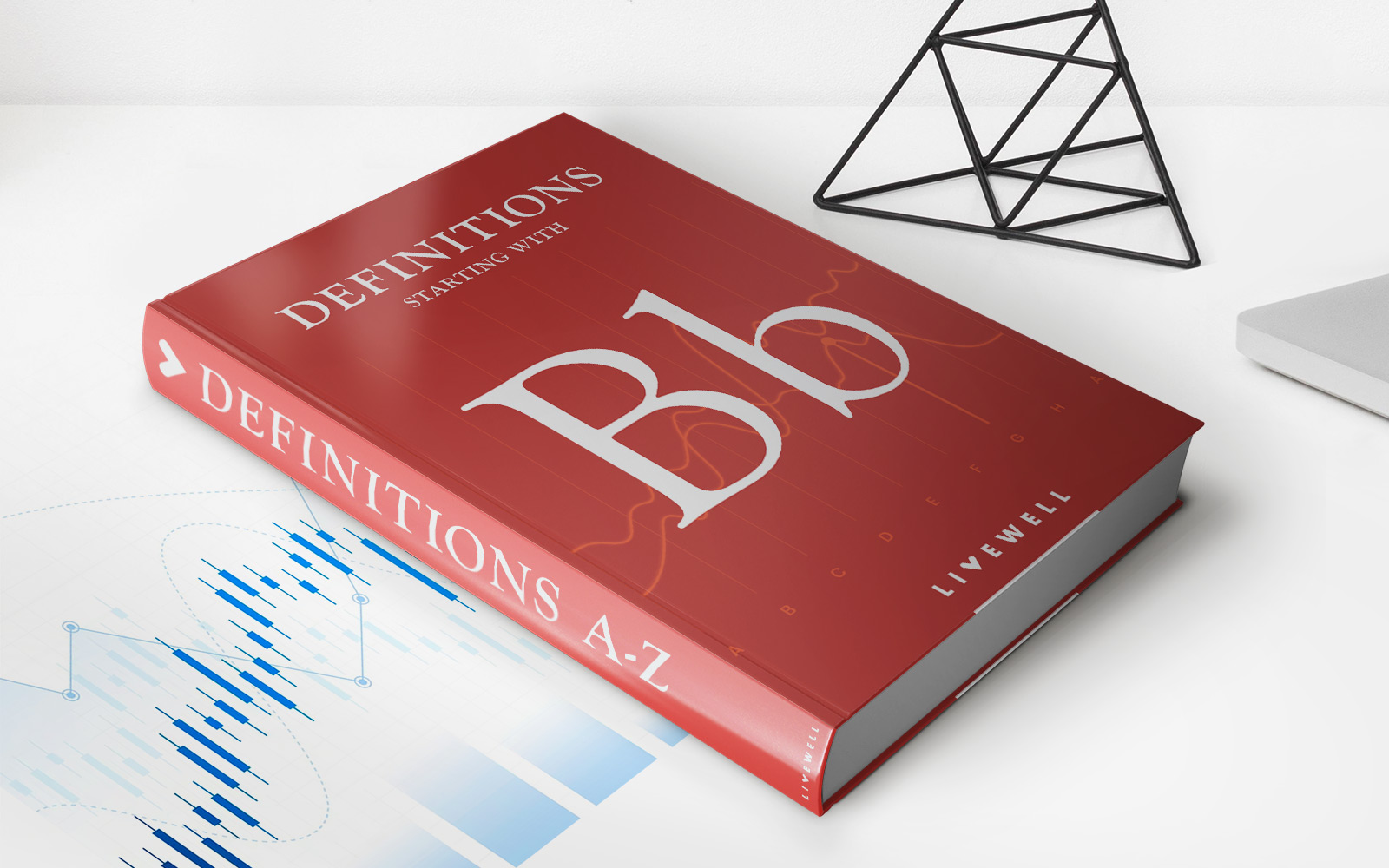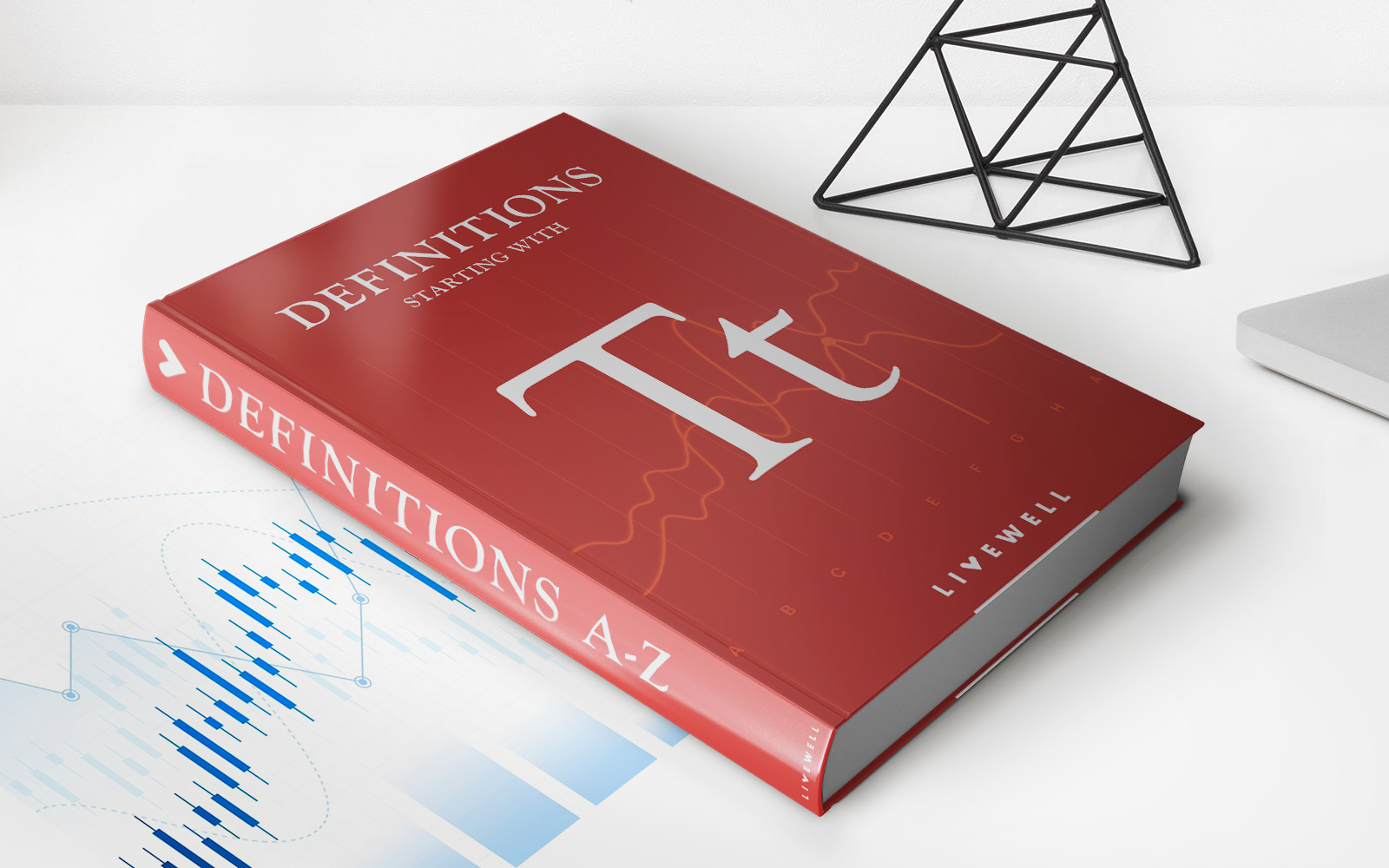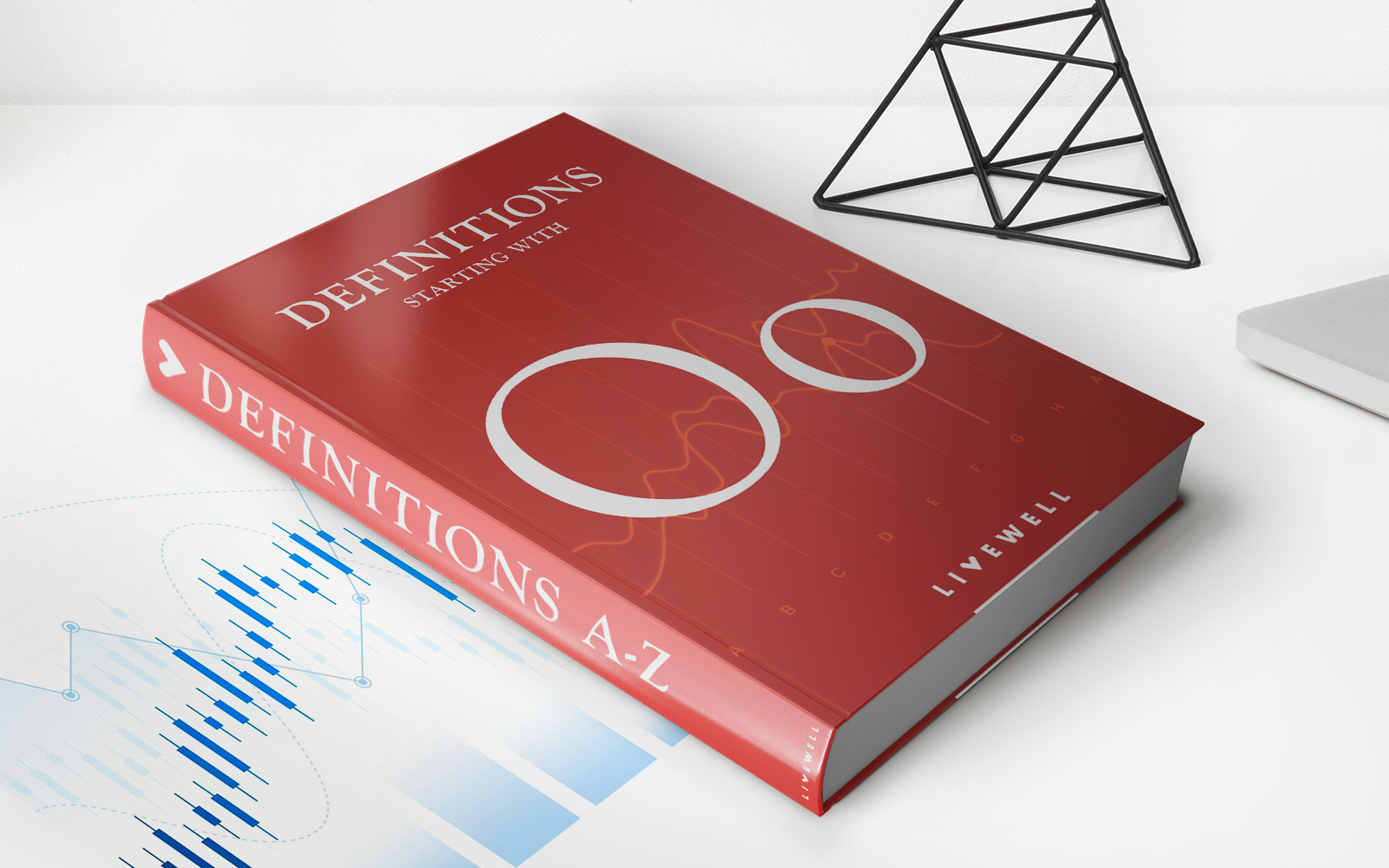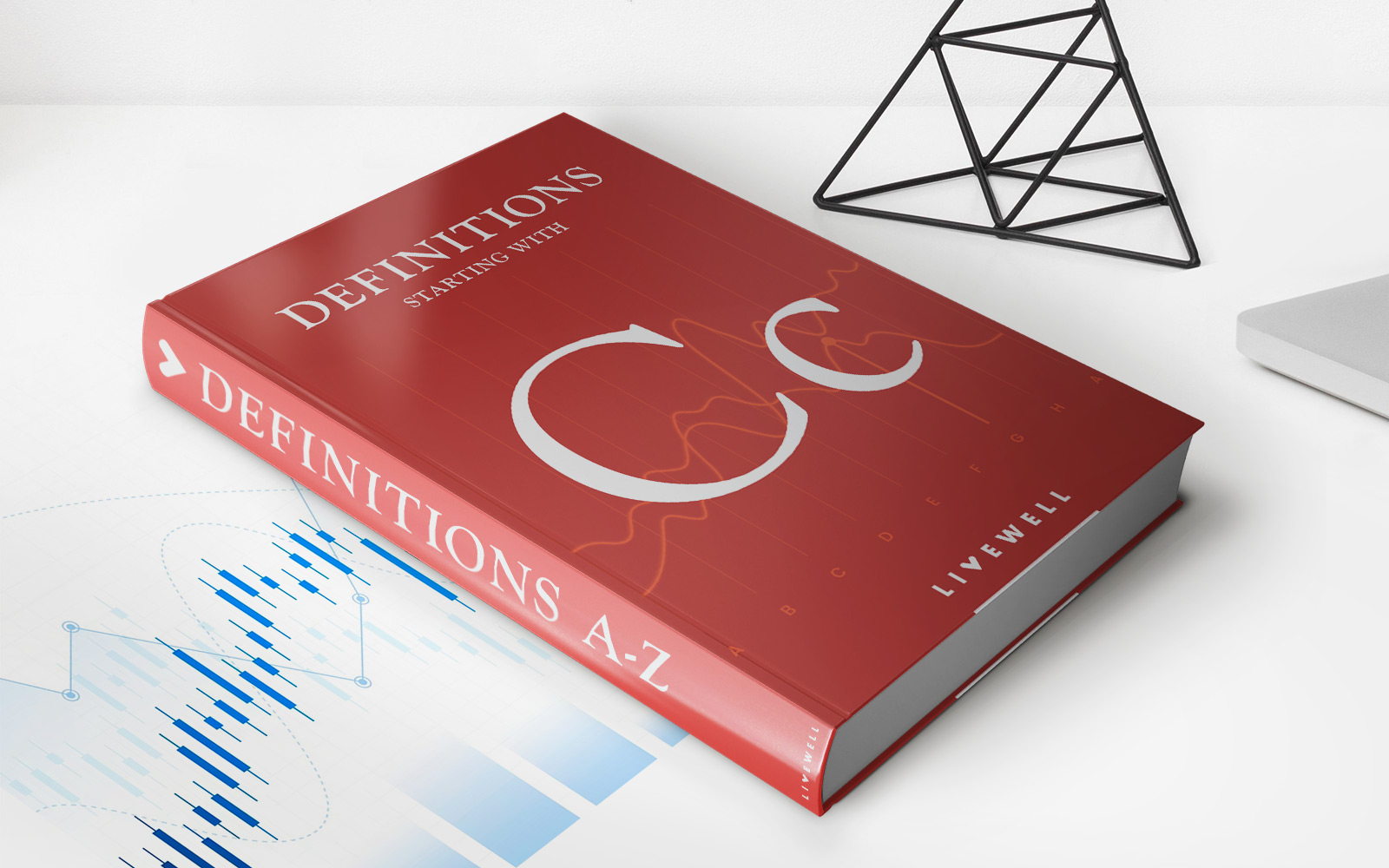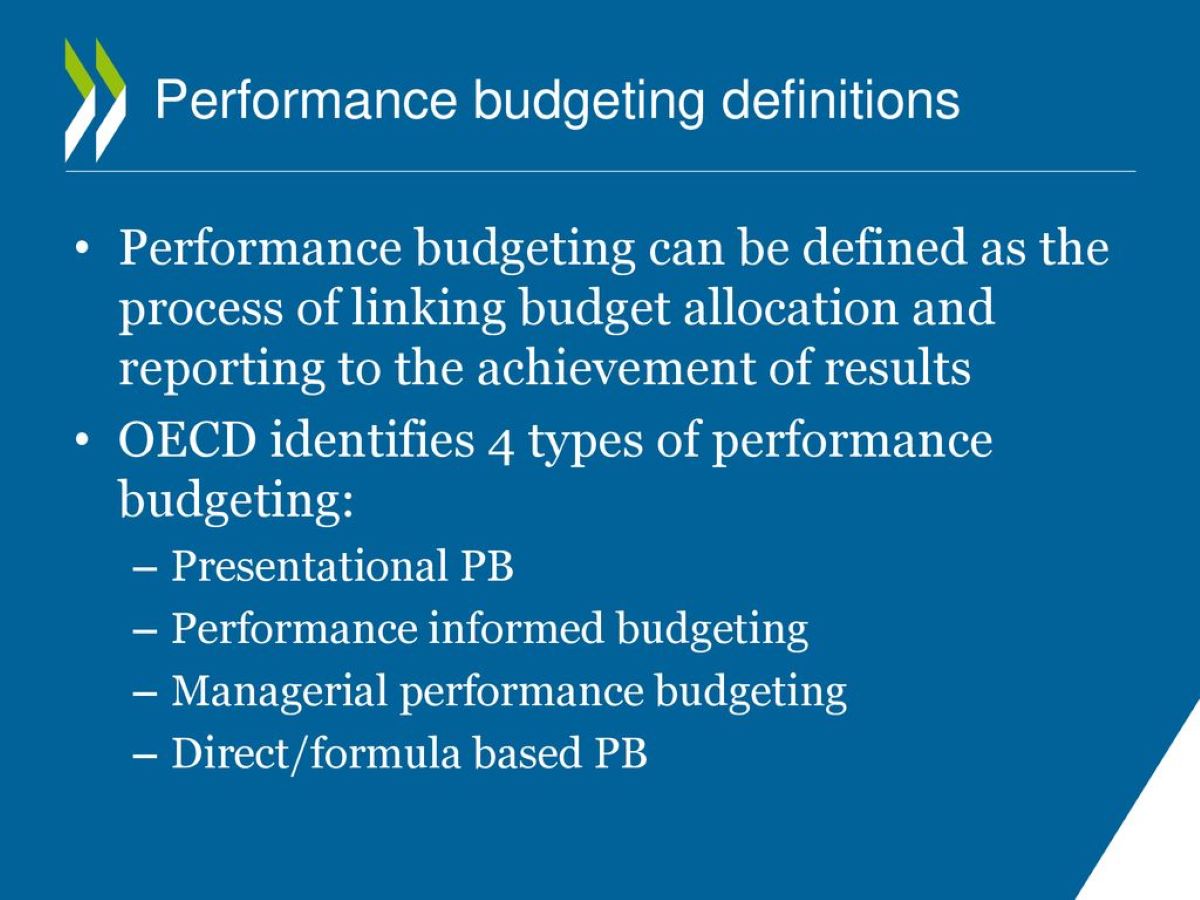Home>Finance>Gravestone Doji: Definition, How To Trade It, And Example
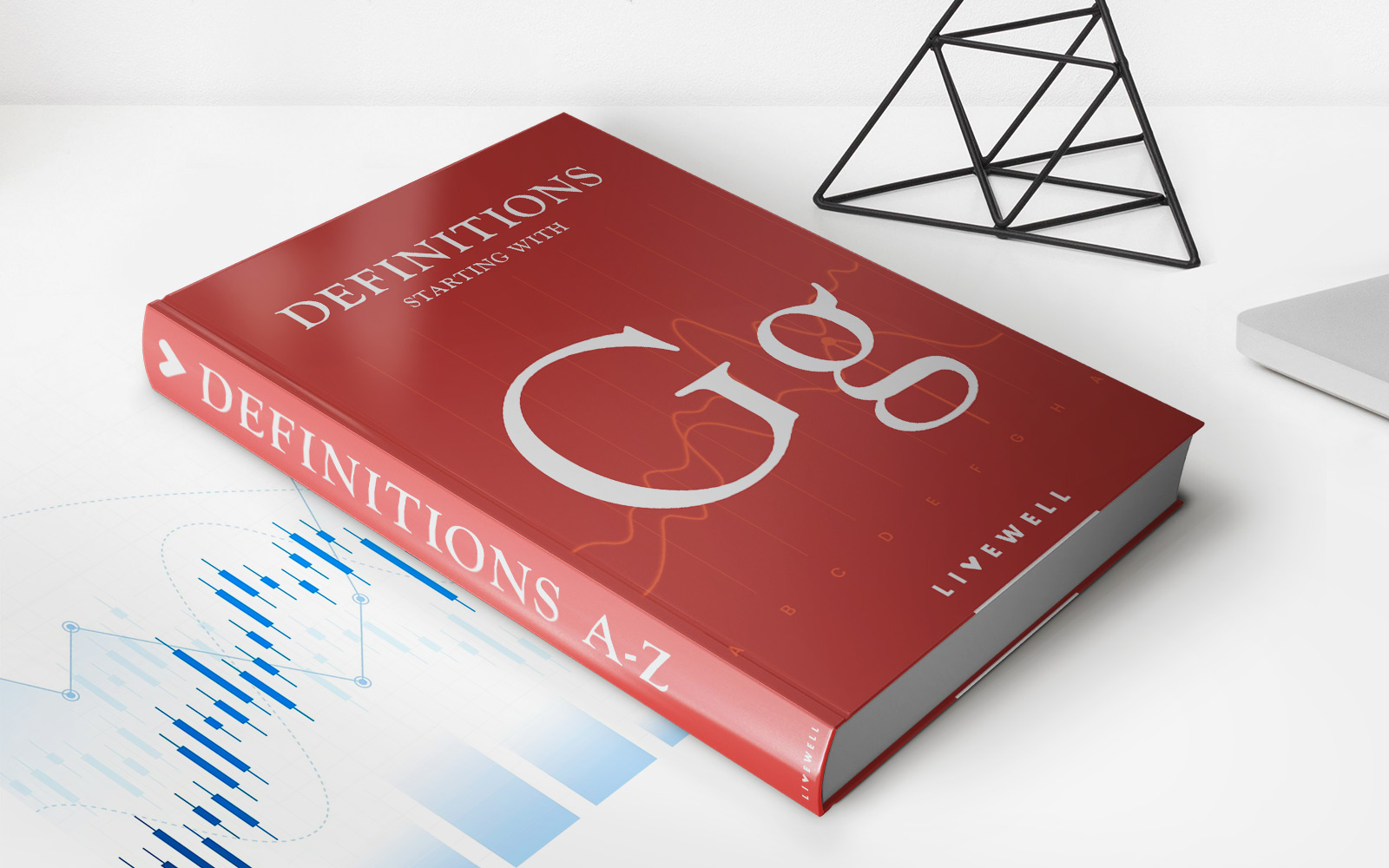

Finance
Gravestone Doji: Definition, How To Trade It, And Example
Published: December 2, 2023
Learn about the Gravestone Doji pattern in finance, its definition, how to trade it, and see an example. Master this candlestick pattern for profitable trading.
(Many of the links in this article redirect to a specific reviewed product. Your purchase of these products through affiliate links helps to generate commission for LiveWell, at no extra cost. Learn more)
Unlocking the Secrets of Gravestone Doji: A Guide to Trading It
When it comes to investing in the stock market, having a solid understanding of different candlestick patterns can be the key to success. One such pattern that traders often encounter is the Gravestone Doji. In this blog post, we will explore the definition of the Gravestone Doji, how to trade it effectively, and provide you with a real-life example to illustrate its practical application.
Key Takeaways:
- The Gravestone Doji is a bearish candlestick pattern that can indicate a potential reversal in the market.
- It is characterized by a long upper shadow, little or no lower shadow, and a small body located at or near the day’s low.
Understanding the Gravestone Doji
The Gravestone Doji is a candlestick pattern that is considered to be bearish in nature. It typically forms at the top of an uptrend, signaling a potential reversal in the market. This pattern is characterized by a long upper shadow, little or no lower shadow, and a small body located at or near the day’s low. The shape of the candlestick resembles a gravestone, hence its name.
The upper shadow of the Gravestone Doji represents the intraday high reached by the stock, while the small body at the lower end indicates that sellers managed to push the price down by the close of the session. The absence or minimal presence of a lower shadow suggests that buyers were unsuccessful in reversing the downward movement.
Trading the Gravestone Doji
Now that we understand the characteristics of a Gravestone Doji, let’s explore how to trade this pattern effectively:
- Identify the Gravestone Doji: Look for candles with a long upper shadow, little to no lower shadow, and a small body near the day’s low.
- Confirm the pattern: Before taking any trading action, it is important to wait for confirmation. This can be done by looking for additional bearish signals such as a break in support levels, negative momentum indicators, or other candlestick patterns that suggest a reversal.
- Take action: Once confirmation is obtained, traders can consider opening short positions, placing stop-loss orders above the high of the Gravestone Doji, and setting profit targets based on their risk/reward preferences.
A Real-Life Example
Let’s examine a real-life example to better understand how the Gravestone Doji can be traded. Imagine you are monitoring the stock of a technology company that has been experiencing an extended uptrend. However, one day you notice a Gravestone Doji forming at the top of the trend.
Upon further analysis, you confirm the pattern by observing a break of a key support level and a negative divergence in the momentum indicators. These additional bearish signals enhance your confidence in the potential reversal.
Following your trading plan, you decide to open a short position, place a stop-loss order above the high of the Gravestone Doji, and set a profit target based on your risk/reward ratio. As expected, the stock price reverses and moves in your favor, allowing you to exit the position with a profit.
This example illustrates how the Gravestone Doji, when combined with proper confirmation and risk management techniques, can be a valuable tool in a trader’s arsenal.
In Conclusion
The Gravestone Doji is a bearish candlestick pattern that can provide valuable insights into potential market reversals. By understanding its definition, knowing how to trade it effectively, and examining real-life examples, traders can incorporate this pattern into their strategies to enhance their trading success.
Remember, always exercise caution and conduct thorough analysis before making any trading decisions. Candlestick patterns are just one tool in a trader’s toolbox, and it is important to consider other factors and indicators to make well-informed trading choices.
